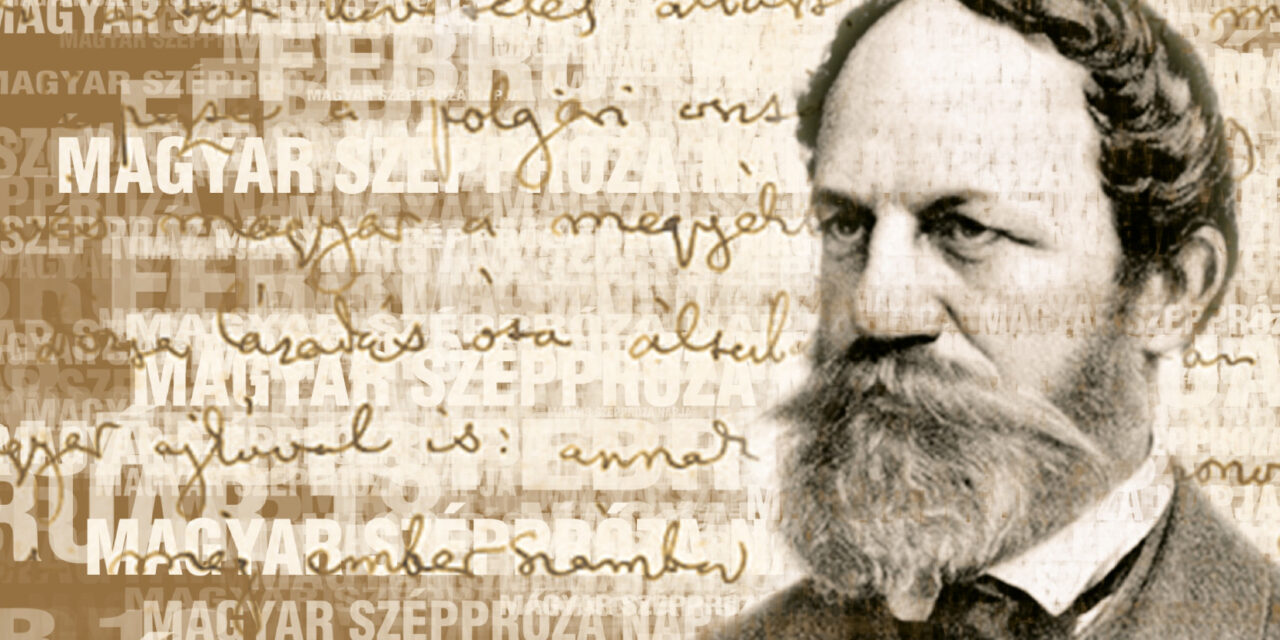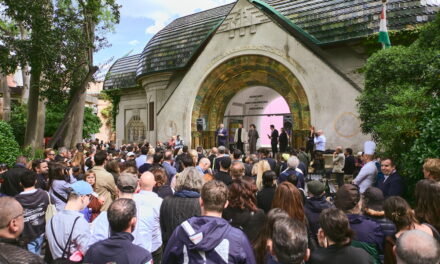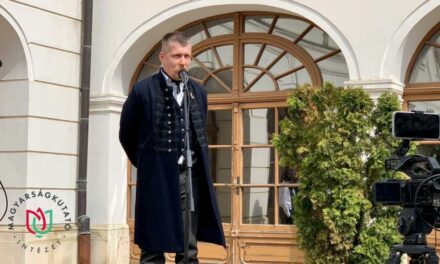Mór Jókai died 120 years ago, i.e. on May 4, 1904. The legendary figure of Hungarian literature did not want a tombstone above his grave. He was so attached to his idea that he wrote his wish in his will.
Everywhere we look, we always stumble upon some kind of commemorative year - with a little exaggeration, of course. The Sándor Petőfi bicentenary ended last year, which we were able to celebrate for three years due to the Covid epidemic. But there is no stopping, we continue to scooter, because at the initiative of the Ministry of Culture and Innovation
the Hungarian Parliament declared the year 2025 as the year of commemoration of Mór Jókai and Kunó Klebelsberg.
The protagonist of this article is Mór Jókai, although it is also revealed what kind of thread connects him to Kuno Klebelsberg. Now let's start there
We all have something to do with Jókai, it is unavoidable,
because if nothing else, his novel Sons of a Stone Heart is a must-read. However, his oeuvre is more voluminous than this. He left behind no less than two hundred volumes, many of which have been translated into foreign languages. However, Mór Jókai receives a lot of criticism, it is often mentioned that his books are not flawless, the characters of the protagonists are not developed enough, there is little plot, instead he preferred to immerse himself in nature - in other words, it is difficult for people of today to read.
A wish recorded in a will
Mór Jókai lived 80 years, died in 1904, of pneumonia. According to the PestBuda article, his coffin was placed in the National Museum on May 9, 1904, from where thousands accompanied him on his last journey to his grave in the ornamental cemetery on Kerepesi Street. However, the story is not that simple. Jókai had several stipulations.
According to one of his wishes, his headboard was to be made from the material of the gate of his own house. That's how it happened. And although he was buried in a prominent place, at the end of the arcade row of the National Cemetery, he did not receive a worthy memorial for a long time.
The centenary of the writer's birth was in 1925. They didn't forget about that back then either. What's more: they organized a commemorative year, for which a special executive committee was created.
"As early as 1924, the National Council of Fine Arts announced a design competition for the creation of a real grave monument. In this, it was necessary to take into account Jókai's wish recorded in his will that there should be no tombstone above his grave. Sculptors also entered the competition independently, but due to the aforementioned stipulation, the task was more of an architectural one: the cemetery's arcade row had to be given an imposing finish, in fact it was a question of spatial planning. The winner was the joint work of architect Jenő Lechner and sculptor Richárd Füredi."
In his will, Jókai also stipulated that the inside of his grave should not be covered - the artists obeyed this and decided that the basic concept should be a row of columns running in a circle, which includes a rose garden. And why a rose garden? Because the designers also took into account that
the writer was there for the roses, he loved them passionately.
However, contemporary artists were not satisfied. They complained that the course plan was not monumental enough. They believed that, according to the taste of the time, a monument was not a monument in this way. The creators finally gave in and modified the appearance, but the original idea did not change.
When you remember me
Almost the entire surface of the building is undecorated, only an inscription can be read on the outside, which comes from Jókai's writing "The echo of forty years" and reflects his thoughts on immortality:
"What is soul in me goes with you. It will always be there between you. You will find it among your flowers when they wither; you will find it in the tree leaf when it falls; you will hear it in the evening bell when it fades away, and when you remember me, I will always stand face to face with you.”
Unfortunately, the realization of the plan was hindered by financial problems, but in the end, the Minister of Culture, Count Kunó Klebelsberg, took the matter into his own hands in 1928, and partly through public donations, as well as with the support of the capital of Székes and the Ministry of Culture, it was possible to create the necessary financial background, so on June 2, 1929, a ceremonial the 15-meter-diameter tombstone built from Süttő limestone was handed over.
Featured image: Országút












